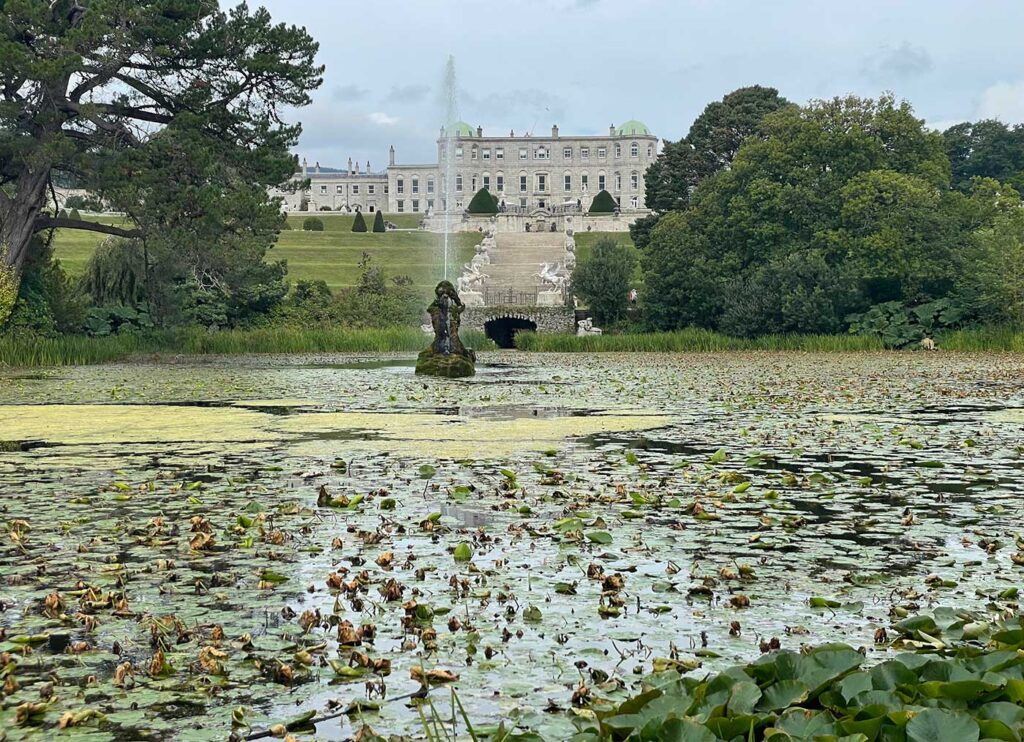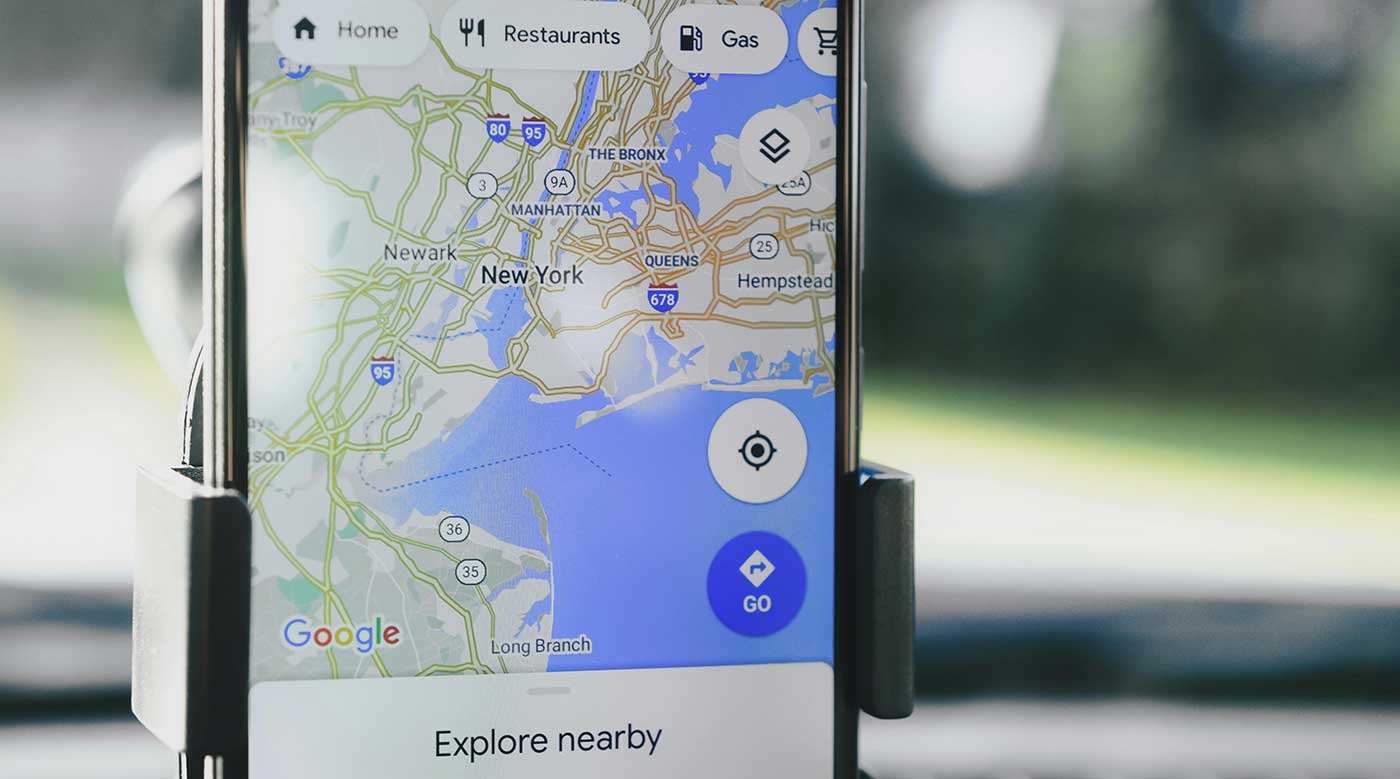Traveling is one of life’s greatest joys. I also take great enjoyment in travel planning. The more time I spend planning a trip, the more enjoyable the trip becomes when I’m actually traveling. Conversely, poorly planned trips are generally less pleasant. It feels like you are not properly utilizing the time you have at your destination.
After years of travel to places far and wide, I’ve noticed a recurring theme – trip overload. It’s likely the result of planning overexuberance. The product of simply finding too many points of interest and trying to pack the trip with everything. The end result is returning from trips, overwhelmed and exhausted, rather than refreshed. If you’ve ever felt this way, you may also have fallen into the trap of overplanning. And the older I get, the more this has become evident, and the more I want to avoid it.
Below are tips on how to craft a perfect itinerary that balances adventure, relaxation, and spontaneity without overwhelming you.
Start with Your Must-Sees
As you research your travel destination, it’s evident that every location has its marquee attractions—the Louvre Museum in Paris and the Colosseum in Rome. You’ll find hidden gems that you know will make your trip memorable, like that cafe with a spectacular view seen in a travel magazine.
Begin by listing your must-see, non-negotiable sites or activities. These are the places or experiences you’d regret missing. However, here’s a pro tip: be ruthless about keeping this list concise. Aim for one, or at most two, major activities per day. For example, suppose you’re planning one of your days in Barcelona. In that case, you might prioritize Gaudí’s Sagrada Familia and a tapas tour. This gives you one major attraction and then a more leisurely experience that you can enjoy at your own pace. Do not try to squeeze in six museums in six hours and a four-hour beach excursion.
To help you narrow down your itinerary, ask yourself what aligns with your travel style and start there. Focus on the sights and experiences that get your travel juices flowing and forget the rest. Don’t fall into the trap of checking off the city’s “top 10” list. Overstuffing your days can result in travel burnout and diminish your overall experience.
Build in Breathing Room
As briefly mentioned above, a common mistake is scheduling activities back-to-back, leaving no time to truly soak in the moment. Rushing from site to site is a recipe for stress. Instead, pad your itinerary with buffer time. If a cathedral visit takes two hours, allow yourself an extra 30-60 minutes to account for lingering, exploring the surroundings, or sipping a coffee at an impromptu cafe.
A good rule of thumb is to plan for about three to four hours of structured activity per day, leaving the rest open for spontaneity. Leave time to do and see whatever presents itself, and welcome these opportunities – they are often the most memorable.
Prioritize Flow and Logistics
When planning, think about geography. Google Maps has become my most valuable travel planner. You can input locations and plan your path of travel as well as your routes. Grouping activities by location saves time and energy. Use Google Maps to plot your must-sees and cluster them in a logical way.
Also, consider the rhythm of your day. Mix high-exertion activities with slower-paced ones. I usually plan high-energy activities first thing in the morning, then gradually slow the pace as the day progresses.
Just Say No
One of the most challenging aspects of planning is saying no. Understand and accept that your time is limited and you can’t do everything. Being able to throttle your itinerary will maximize your enjoyment.
Learning to prioritize quality experiences over trivial points of minor interest is liberating. A well-curated itinerary lets you fully immerse yourself in a few worthwhile experiences rather than skimming the surface of too many.
If you’re traveling with others, this step can get tricky. Everyone has their own must-sees. In these cases, itinerary planning must be mostly agreed upon in advance to avoid trip chaos or disappointment. Regardless, when traveling in a group, be prepared to compromise.
Pro tip: When planning with a group, agree on shared priorities. If your travel buddies insist on stops outside of your wheelhouse, don’t be afraid to split up for a few hours or a day. Time alone can be a refreshing, and a way to tailor the trip to meet everyone’s needs.
Plan for Downtime
Downtime isn’t just a luxury—it’s essential. As I get older, I’ve been planning downtime with increasing frequency. We’ve had the opportunity to stay in some truly luxurious hotels with stunning grounds and excellent dining. In hindsight, I’ve often lamented not having enjoyed some of these great hotels more thoroughly, but I’ve learned my lesson.
On our recent trip to Ireland, we stayed at the Powerscourt Hotel just outside Dublin. We took a rest day to enjoy the grounds of the immaculate estate, the sumptuous dining, and our remarkable room and bath. It was one of the most memorable days of our trip.


Be Flexible
Even the best-laid plans can go awry. Alternate indoor and outdoor activities into your itinerary and be prepared to adjust the order of these activities to accommodate sudden changes in the weather. Overplanning can lock you into a rigid schedule from which there is no escape.
One tip is to have a backup list of low-commitment activities or side trips. These could be items that did not make your must-see list, but are available in a pinch. This way, you can be prepared for changes without feeling pressured to do or see it all.
Trust Your Instincts
Ultimately, only you know what makes your perfect itinerary. Don’t follow any travel resource too rigidly. There is no one-size-fits-all itinerary formula. Everyone has their own daily rhythm. Make sure you stay true to yourself.
If you thrive on structure, create a detailed plan but leave gaps for spontaneity. If you’re not a thorough planner, make a daily bullet list of must-sees and see what life brings along your path. The goal is to plan a trip that feels fulfilling, not frantic.
By focusing on what matters most and leaving room for life to unfold, your travels will leave you feeling inspired, not drained. So, as you plan your next adventure, remember: less is often more.

